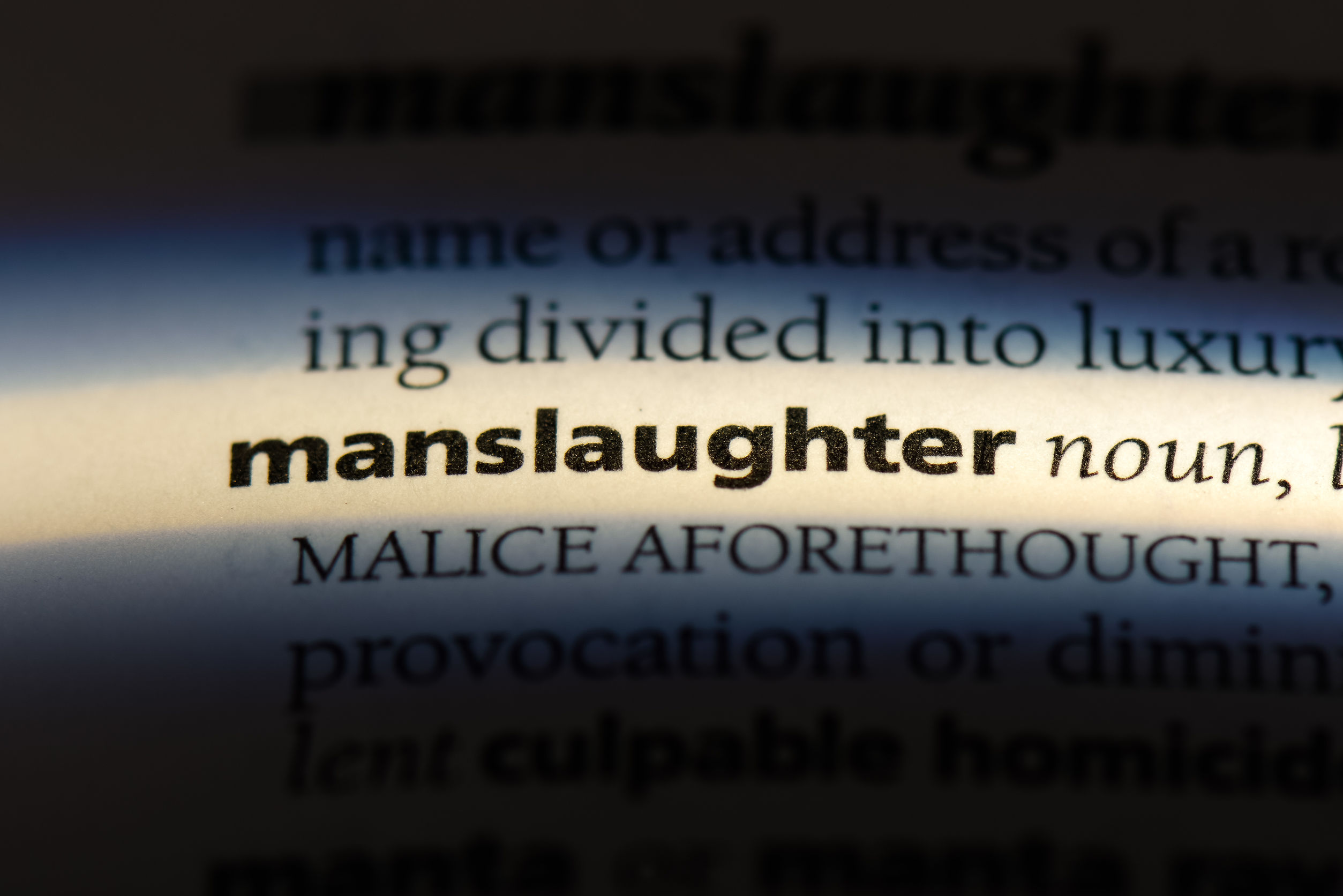The Sentencing Council, responsible for setting sentencing guidelines in England and Wales, has issued a new guideline in relation to manslaughter offences.
[Edit: this article was originally published in July 2018, and may not be fully accurate. If you require advice, assistance or reputation for anything related to manslaughter, please contact our solicitors now.]
If you would like to discuss any aspect of your case, please contact us through our contact page here. Alternatively you can phone 0333 240 7373, or email us at info@reeds.co.uk.
Which Manslaughter offences are covered?
The guideline covers:
- Unlawful act manslaughter – a common law offence
- Gross negligence manslaughter – a common law offence
- Manslaughter by reason of loss of control – a statutory partial defence to murder (sections 54 and 55 of the Coroners and Justice Act 2009)
- Manslaughter by reason of diminished responsibility – a statutory partial defence to murder (section 2 of the Homicide Act 1957)
The offence of corporate manslaughter is covered by the Council’s health and safety sentencing guidelines.
When does the new manslaughter guideline take effect?
The guideline applies to all offenders sentenced on or after 1 November 2018; this means that if you are charged before the guideline comes in to force, you may still fall to be sentenced in accordance with it if you plead guilty or are convicted.
What are the different types of manslaughter?
There are four types of manslaughter covered by the new guideline; Unlawful Act, Gross Negligence, By Reason of Loss of Control, By Reason of Diminished Responsibility.
Unlawful Act manslaughter
This is the most commonly prosecuted form of manslaughter and includes deaths that result from assaults where there was no intention to kill or cause very serious harm. It can vary greatly. For example, it could involve a situation where two friends briefly argue and one pushes the other causing him to fall and hit his head with fatal results. It could involve someone going out looking for a fight and attacking someone forcefully but not intending to kill. It could also include unintended deaths that result from other crimes, such as arson or robbery. 105 offenders were sentenced for this offence in 2016.
Gross negligence manslaughter
This occurs when the offender is in breach of a duty of care towards the victim which causes the death of the victim and amounts to a criminal act or omission. The circumstances vary greatly. In a domestic setting it could include parents or carers who fail to protect a child from an obvious danger. In a work setting, it could cover employers who completely disregard the safety of employees. 10 offenders were sentenced for this offence in 2016.
Manslaughter by reason of loss of control
This arises if the actions of an offender, who would otherwise be guilty of murder, resulted from a loss of self-control, for example arising from a fear of serious violence. 12 offenders were sentenced for this offence in 2016.
Manslaughter by reason of diminished responsibility
Someone guilty of this offence would have been suffering from a recognised mental condition that affected their responsibility at the time of the offence, without which they would have been convicted of murder. 26 offenders were sentenced for this offence in 2016.
Why has a new manslaughter guideline been issued?
The guideline ensures comprehensive guidance where previously it was very limited. Until now, there has been a guideline only for corporate manslaughter, which comes under the Council’s health and safety offences guideline, and a guideline by the Council’s predecessor body for manslaughter by reason of provocation, which is now out of date following legislative changes to the partial defences to murder.
Will Manslaughter sentence length increase?
The Sentencing Council predicts only a minimal impact, around ten extra prison places per year as a result of the guideline but cautions that ‘it is difficult to ascertain how sentence levels may change under the new guideline.’
Experience tells us that there is a certain degree of sentence length ‘creep’ following the implementation of new guidelines. Our advocates are trained in the use of all sentencing guidelines and equipped to ensure that judges apply them correctly.
How can Reeds Solicitors assist?
If you need advice concerning any criminal law matter, contact us through our contact page here. Or view our
Reeds Solicitors is an award winning and leading top-tier criminal defence firm. For legal advice and representation, please contact us through our contact page here. Alternatively you can phone 0333 240 7373, or email us at info@reeds.co.uk.








